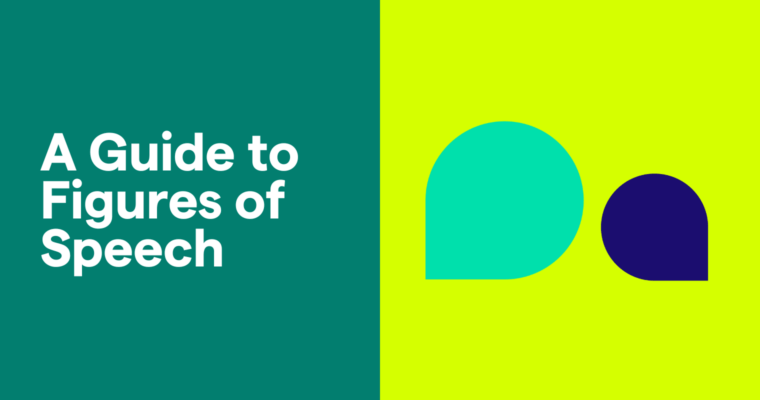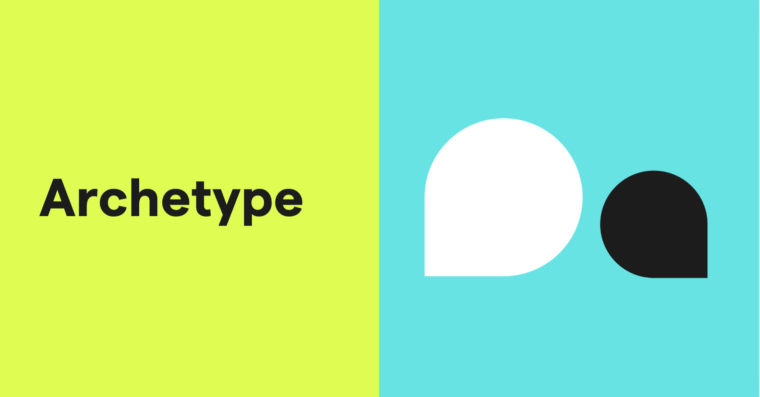
- A figure of speech is a creative use of language to generate an effect, enhance an expression, or evoke an emotion.
- Some figures of speech, like metaphor, simile, and metonymy, are found in everyday language.
- Others, like antithesis, circumlocution, and puns, require more practice to implement.
- Figures of speech add richness and depth to writing, allowing authors to convey complex ideas and feelings more vividly than straightforward language would allow.
- Language that uses figures of speech is known collectively as figurative language.
Writing is a craft. If you think of yourself as a craftsperson, then words are your raw materials, and figures of speech are one of your tools. Here, we’ll explore some common figures of speech with definitions and examples to help you recognize and use them in your writing.
Table of contents
Figures of speech vs. figurative language
20 common types of figures of speech
What is a figure of speech?
A figure of speech is a literary device that conveys meaning in a non-literal way, often by employing creative language to enhance expression and evoke emotion. Figures of speech can include metaphors, similes, personification, and hyperbole, among others.
Around us all the time in speech and writing, figures of speech can be divided into schemes and tropes. Schemes rearrange word order for a specific effect, whereas tropes use words in a way that differs from their literal meaning.
By transforming ordinary expressions into more imaginative phrases, figures of speech engage our senses and encourage us to think critically about the underlying meanings.
Figures of speech vs. figurative language
Language that uses figures of speech is known collectively as figurative language. You will find examples of figurative language in novels, poems, essays, and plays. The opposite of figurative language is literal language. Literal language is the type of straightforward writing you’ll find on road signs, in office memos, and in research papers.
20 common types of figures of speech
1 Alliteration
Alliteration refers to repeating consonant sounds right next to each other, which creates a memorable or melodic effect.
2 Antithesis
Antithesis is a literary technique that places opposite things or ideas next to one another to highlight their contrast.
3 Apostrophe
Apostrophe as a figure of speech is when a character addresses someone or something that isn’t present or cannot respond. The character might speak to someone deceased, an inanimate object, or a concept.
4 Circumlocution
Circumlocution is the use of a purposely wordy description. You can think of it as talking in circles.
5 Epigram
An epigram is a clever and memorable statement. You will find epigrams in speeches, poetry, and sometimes at the beginning of a book.
6 Euphemism
A euphemism is a soft and inoffensive word or phrase that replaces a harsh, unpleasant, or hurtful one for the sake of sympathy or civility, such as passed away or downsizing.
7 Hyperbole
Hyperbole is a deliberate exaggeration that adds emphasis, urgency, or excitement to a statement.
8 Irony
Irony is when there is a discrepancy between expectation and reality. It often highlights contrasts between appearance and truth or intention and outcome, creating a humorous, tragic, or thought-provoking effect.
9 Litotes
Litotes use a double negative to create a positive.
10 Metaphor
A metaphor directly compares dissimilar things to create more vivid imagery or understanding.
11 Metonymy
Metonymy is a literary device in which a word or object stands for a closely related word or object. Metonymy gives a writer more variability with descriptions.
12 Onomatopoeia
Onomatopoeia is when a word imitates the natural sound of a thing, making the description more expressive and vivid.
13 Oxymoron
An oxymoron is a phrase that uses two contradictory words to create a new meaning.
14 Paradox
A paradox is a statement that appears to contradict itself but contains some truth, theme, or humor.
15 Personification
Personification is assigning human attributes to nonhuman things.
16 Pleonasm
Pleonasm is the use of more words than necessary to convey meaning. A writer might use pleonasm for humor or emphasis, or they might not realize they’re using extra words at all.
17 Pun
A pun is a form of wordplay that purposely substitutes words that sound similar but have different meanings.
18 Simile
A simile compares two dissimilar things using like or as to give the reader a more vivid understanding of something.
19 Synecdoche
Synecdoche is when a smaller unit is used to signify a larger unit or vice versa.
20 Understatement
Understatement is the intentional downplaying of a situation. This can create a humorous or deadpan effect in writing.
Figures of speech FAQs
What are figures of speech?
Figures of speech are literary devices used to create expressive, imaginative, or impactful language by departing from the literal meaning of words. They enhance writing by adding emphasis, clarity, or beauty, often through comparisons, exaggerations, or symbolic meanings.
What are some types of figures of speech?
Common types of figures of speech include alliteration, hyperbole, irony, metaphor, and simile.
What are the different kinds of figures of speech?
There are hundreds of figures of speech, which can be divided into schemes and tropes. Schemes are figures of speech that rearrange word order for a specific effect, while tropes use words in a way that differs from their literal meaning.
How are figures of speech used in writing?
Figures of speech are used in every type of writing to achieve different effects. Which figure of speech you use depends on what effect you want to have on the reader. For example, you might use simile, metaphor, or antithesis to create more vivid imagery. If you want to add humor, you might try using a pun.






